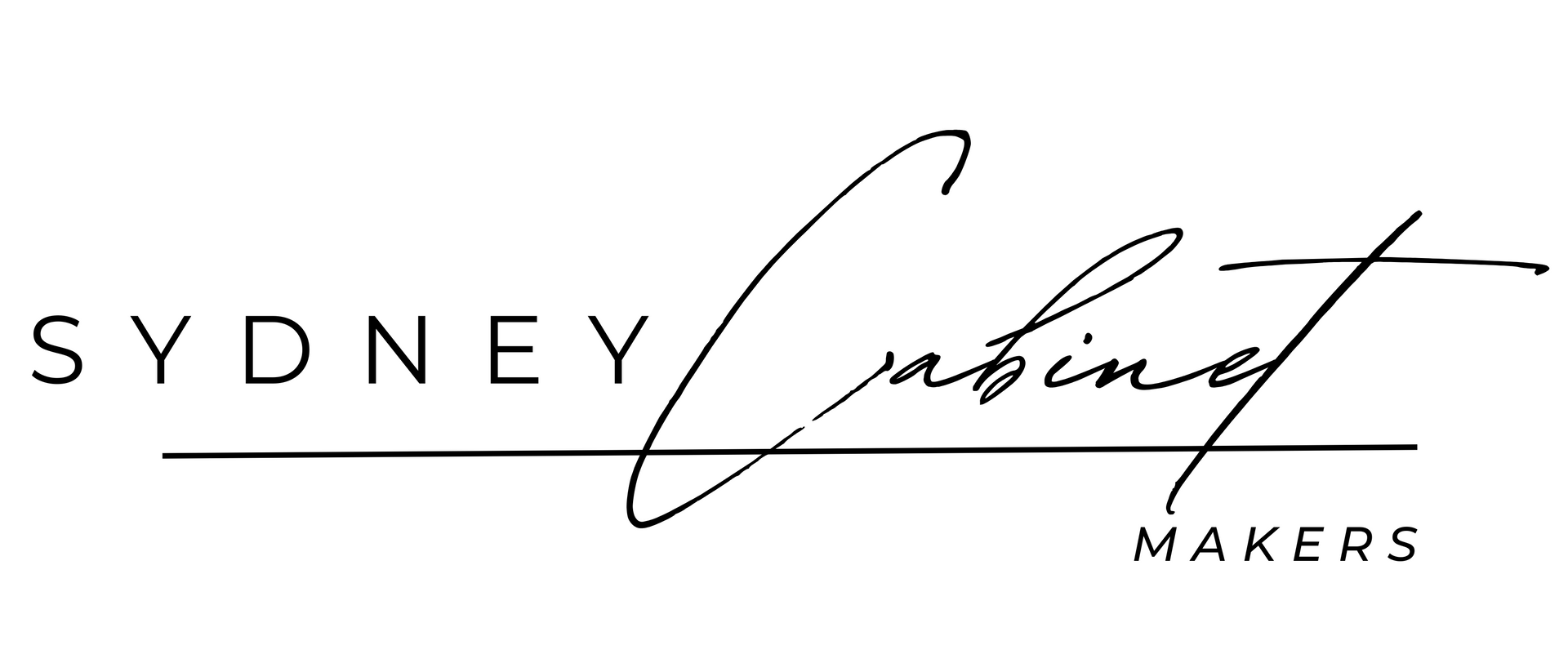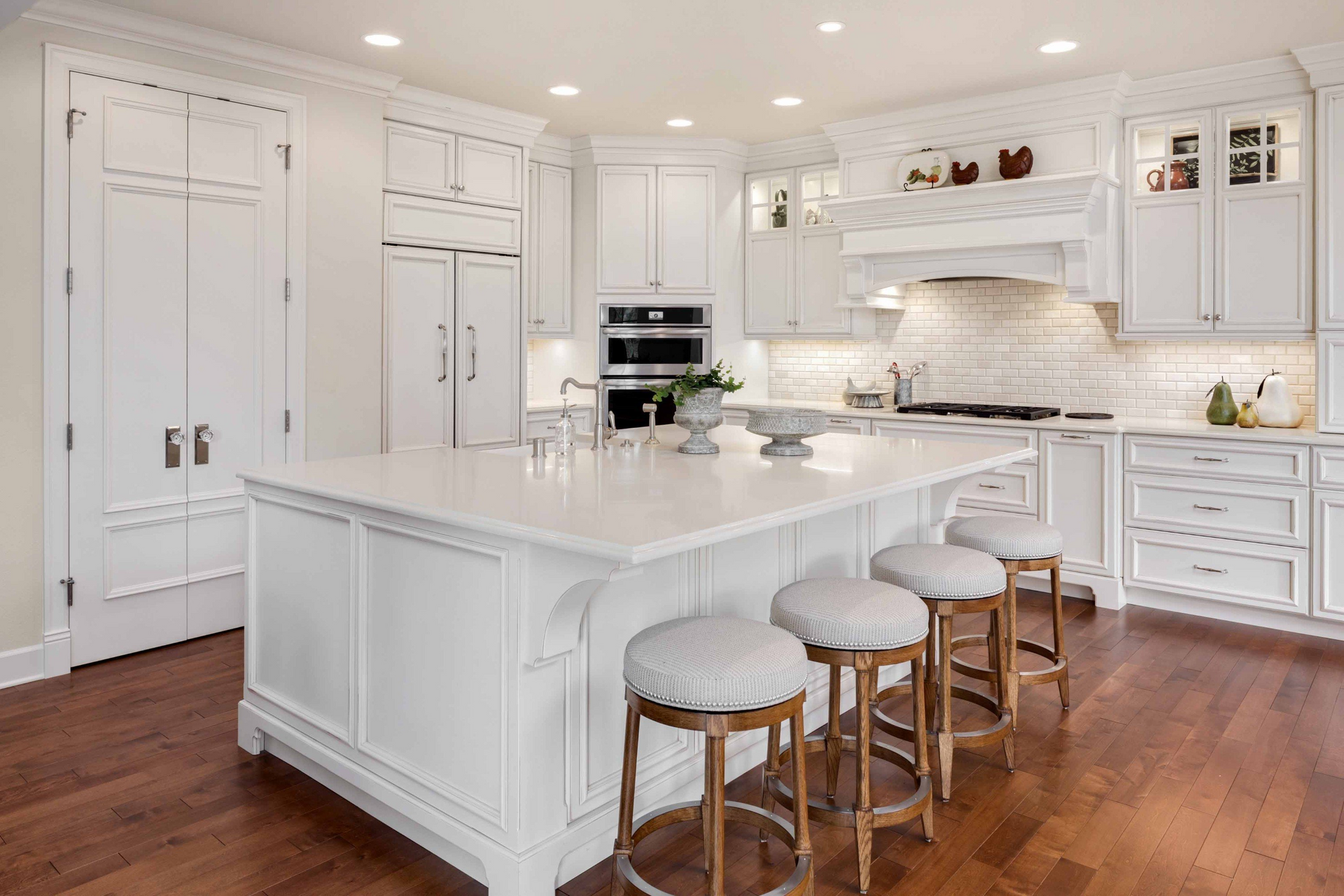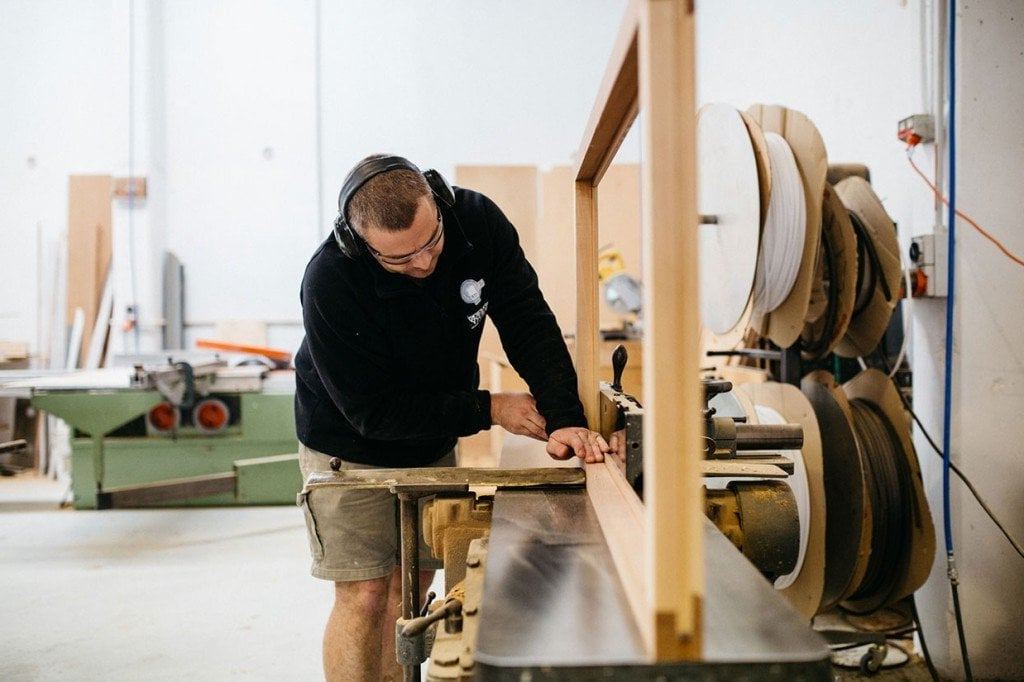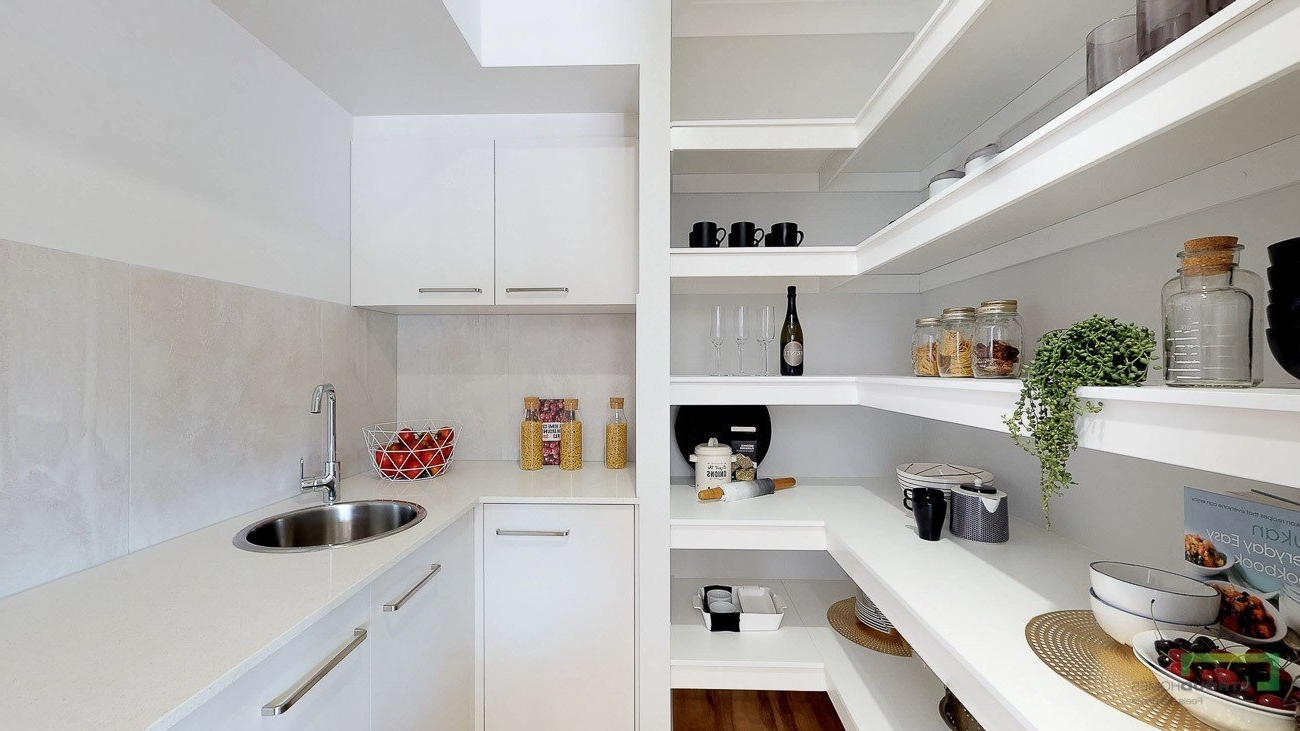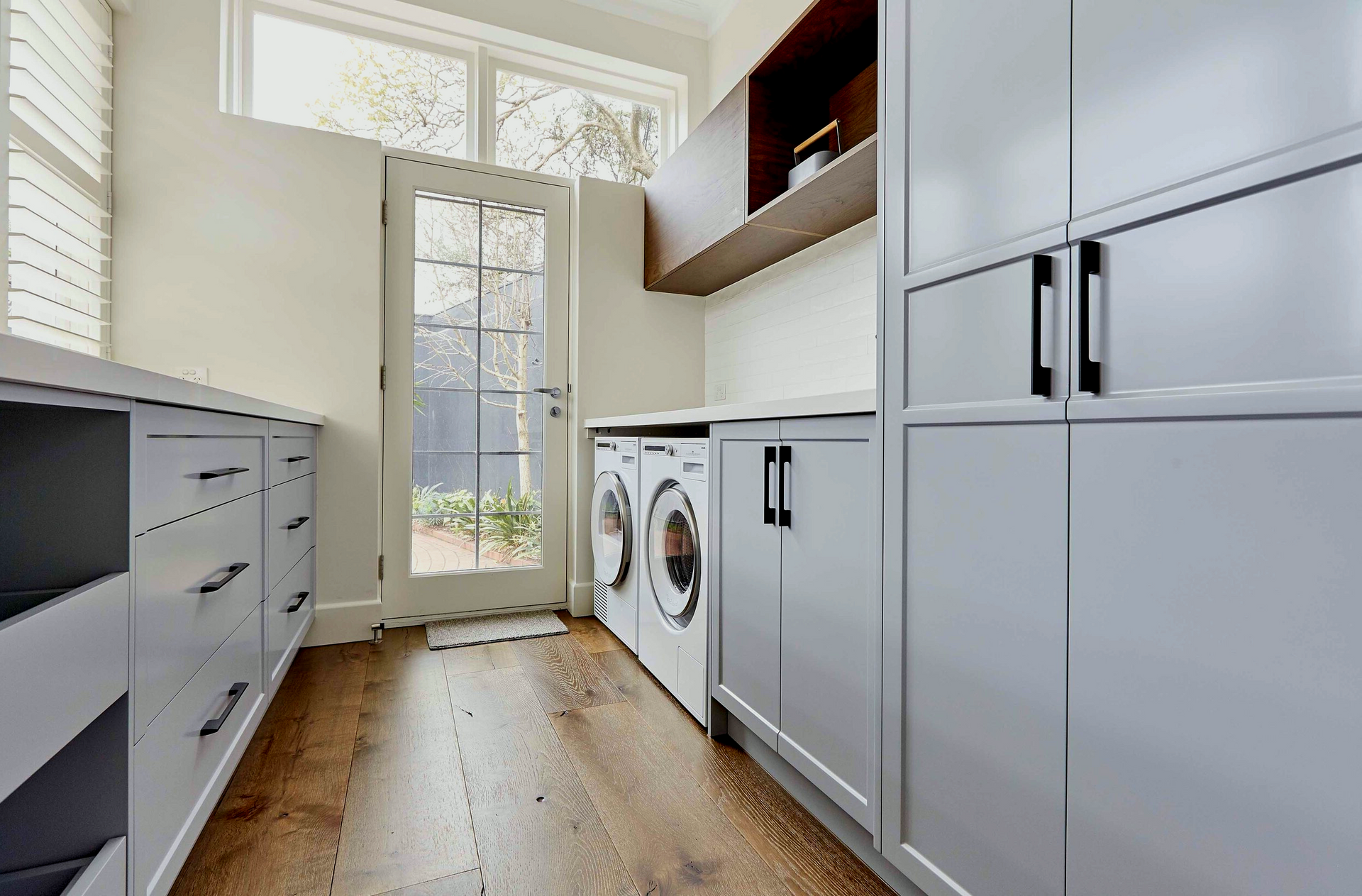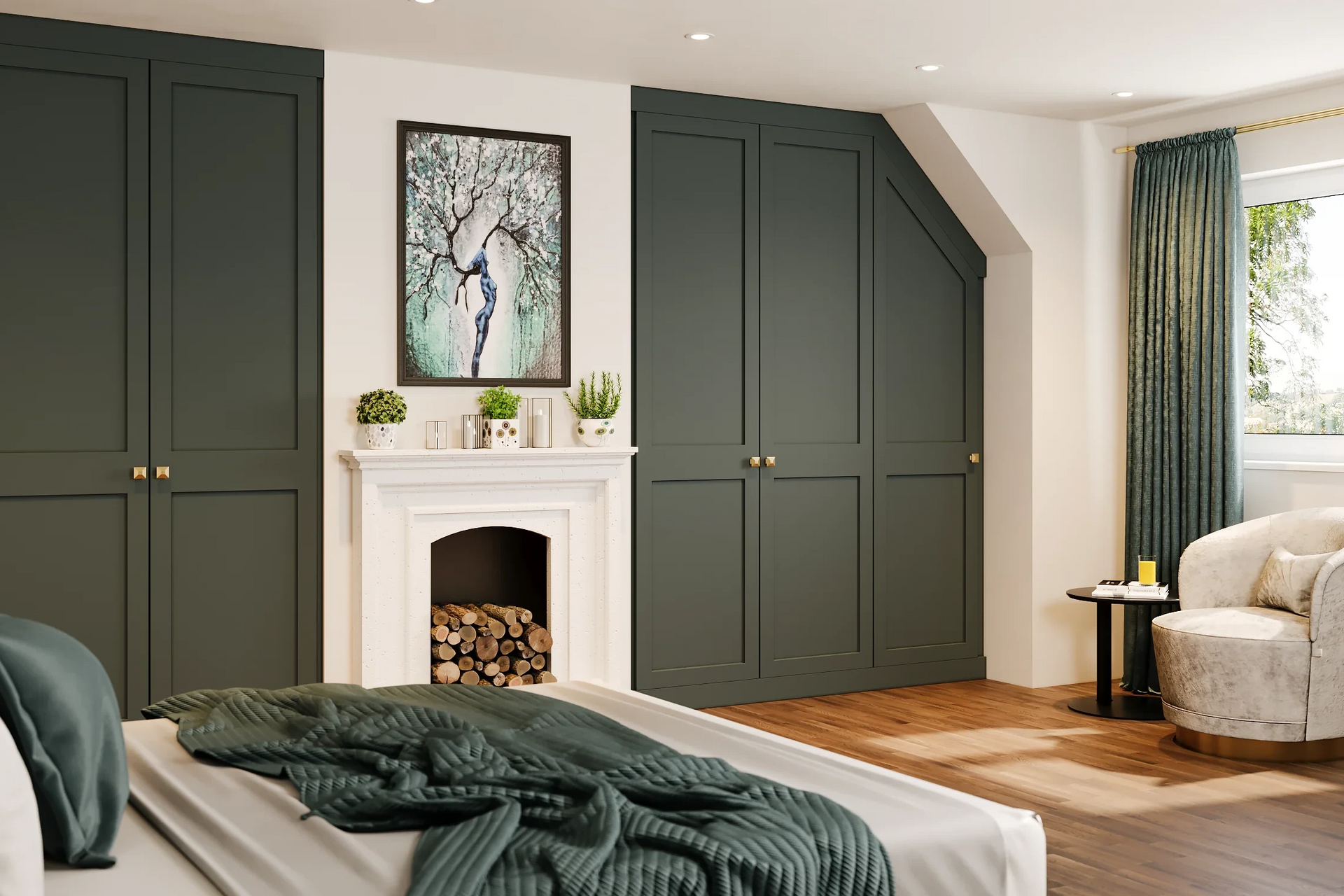What is Better: MDF or Wood for Kitchen Cabinets? A Sydney Homeowner's Guide to Cabinet Materials
Making the right choice for kitchen cabinet materials impacts both functionality and aesthetics. When it comes to selecting between Medium Density Fibreboard (MDF) and solid wood, the decision depends on various factors unique to your home and requirements.
Traditional solid wood remains the premium choice for kitchen cabinets, offering superior durability and a natural appearance, while MDF provides a cost-effective alternative with excellent moisture resistance and a smooth finish. We see many Sydney homeowners choosing between these materials based on their budget, style preferences, and intended kitchen use.
Your kitchen's environment plays a crucial role in material selection. Sydney's coastal climate can affect both materials differently, with proper sealing and treatment necessary for optimal performance regardless of choice.
Key Takeaways
- MDF provides moisture resistance and smooth surfaces at a lower cost
- Solid wood offers lasting durability and authentic natural grain patterns
- Both materials deliver excellent results when properly sealed and maintained
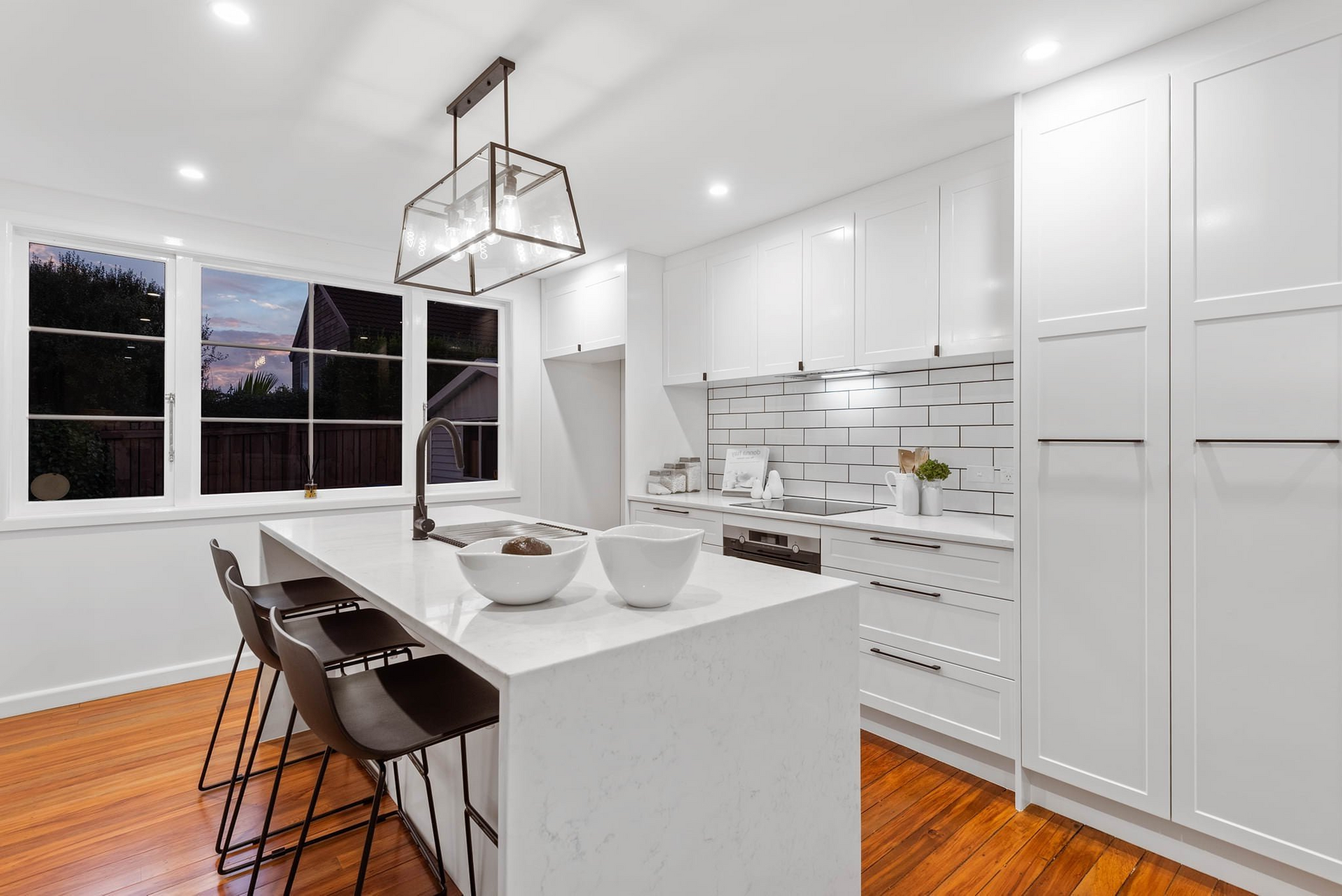
Comparing MDF and Timber for Kitchen Cabinets
The choice between MDF and timber for kitchen cabinets affects durability, cost, and aesthetics. Each material offers distinct advantages for Australian homes, with specific characteristics that suit different kitchen environments.
What Is MDF and How Is It Made?
MDF (Medium-Density Fibreboard) consists of wood fibres compressed with wax and resin under high temperature and pressure. The manufacturing process creates a dense, stable material without knots or grain patterns. Australian manufacturers produce MDF in standard sheet sizes of 2400mm x 1200mm, with thicknesses ranging from 3mm to 25mm.
The most common thickness for kitchen cabinets is 16mm or 18mm. MDF offers a smooth, uniform surface that's ideal for painting or laminating. Its engineered nature means fewer natural variations compared to solid timber. The material's composition makes it resistant to warping and splitting, particularly beneficial in Sydney's varying humidity levels.
Types of Timber Commonly Used in Australian Kitchens
Native Australian Hardwoods:
- Tasmanian Oak
- Blackbutt
- Spotted Gum
- Victorian Ash
These native species provide excellent durability and distinctive grain patterns. We often use Tasmanian Oak for its consistent colour and workability.
Imported Timbers:
- American Oak
- European Beech
- American Maple
Each timber species brings unique characteristics to kitchen cabinetry. The choice often depends on colour preference and budget constraints.
Durability and Lifespan of MDF Versus Timber
Solid timber cabinets can last 50+ years with proper maintenance. They resist impact better than MDF and can be refinished multiple times. MDF typically lasts 15-20 years in kitchen environments. Its primary weakness is moisture exposure, which can cause swelling if not properly sealed.
Water resistance comparison:
Material Water Resistance Repair Options
MDF Low-Moderate Limited
Timber Moderate-High Extensive
Aesthetic Qualities and Finish Options
MDF accepts paint flawlessly, creating a smooth, modern appearance. We can achieve any colour or sheen level without grain showing through.
Timber showcases natural beauty through:
- Distinctive grain patterns
- Colour variations
- Natural warmth
Paint finish options for both materials:
- Satin
- Semi-gloss
- High gloss
- 2-pack polyurethane
Timber-specific finishes include:
- Clear coat
- Stains
- Oils
- Natural waxes
Choosing the Right Material with Sydney Cabinet Makers
Making an informed choice between MDF and solid wood requires careful consideration of your specific needs, local climate conditions, and long-term investment goals.
Budget Considerations for Sydney Homeowners
MDF cabinets typically cost 30-40% less than solid wood options in the Sydney market. Entry-level MDF kitchen cabinets start from $5,000, while comparable solid wood designs begin at $8,000. Raw material prices fluctuate regularly, affecting both options. Solid wood costs have increased by 15% in the past year due to supply chain challenges.
Maintenance and Care in Australia's Climate
Sydney's humid climate affects both materials differently. MDF requires careful moisture management to prevent swelling. We recommend placing dehumidifiers in kitchens with MDF cabinets during summer months. Solid wood naturally expands and contracts but maintains structural integrity when properly sealed. Our wood cabinets feature moisture-resistant finishes specifically designed for Australian conditions.
Regular cleaning with approved products extends cabinet life. We provide detailed care guides for both materials.
Sustainability and Environmental Factors
Our solid wood comes from certified sustainable Australian forests, with full chain-of-custody documentation. MDF production uses recycled wood fibres, reducing waste. We source from manufacturers who meet strict environmental standards.
Each material's carbon footprint differs:
- Wood: Natural carbon storage
- MDF: Higher processing energy requirements
- Transport: Local wood reduces emissions
Why Work with Sydney Cabinet Makers
We maintain direct relationships with top Australian suppliers, ensuring quality control and competitive pricing. Our team includes certified cabinet makers with 15+ years of experience working with both materials. We offer:
- Free material consultations
- Workmanship warranty
- Local after-sales support
- Custom design services

